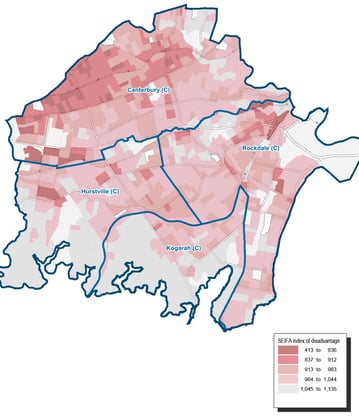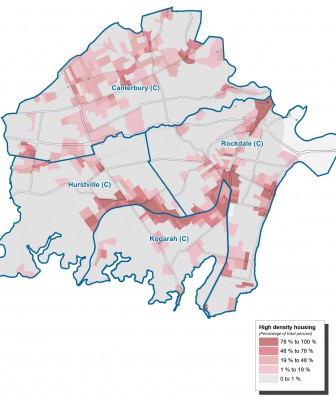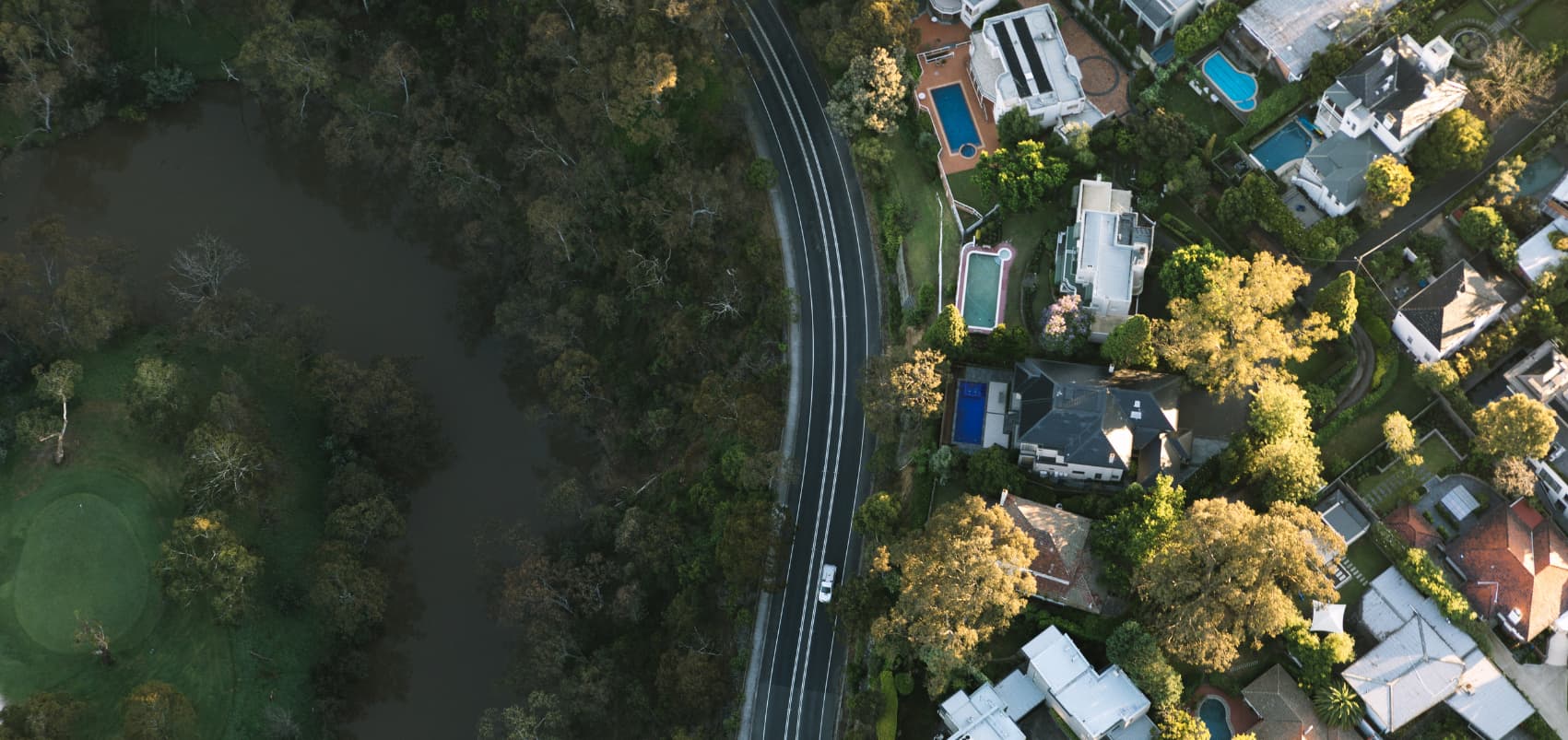“Fit for the future” is the New South Wales Government’s new campaign to ensure financially and socially sustainable councils and progress the local government reform process in that state. It includes the option of voluntary amalgamation of councils, which has been discussed for some time, but there has been little impetus to actually implement it. .id can assist with information about whether councils are “Fit for the future” and what your options are, demographically.
You can find the fit for the future website here: http://www.fitforthefuture.nsw.gov.au/
Councils across NSW are being asked to justify their future social and financial sustainability and set a path towards this, either through amalgamation or co-operation with neighbouring councils.
There are many aspects to “Fit for the future” – for instance – balancing budgets and financial sustainability, sufficient rate base to maintain services, level of services expected by the community, planning for asset replacement etc. However one aspect with which .id can help, is understanding communities, and whether neighbouring communities are a good match.
It may make sense to amalgamate areas which are similar demographically. While some council services, such as rubbish collection, are universal, others, such as Maternal and child health, aged care, playgrounds and open space, are consumed more or less by people of particular ages and life situations. A community which is similar demographically may also have a greater sense of engagement with their council and identify with the local area.
To assess the suitability of neighbouring councils for amalgamation, we suggest that councils look into these three areas:
- Similarities and differences in age, education, income, cultural groups etc.
- Benchmark each proposed council individually or as a group.
- Look at the differences within councils and whether current boundaries actually split communities which may be better combined.
Recently we were approached by Hurstville council to look at the proposed amalgamation of Hurstville, Kogarah, Rockdale and Canterbury. Such a combined council would be massive, and our forecasts show a population over 453,000 by 2031 – larger than all but 2 LGAs in the whole country at present.
The inclusion of Canterbury as a suggested amalgamation is odd, as Canterbury is substantially different to the other three, with significantly more children, and a large Arabic and Bengali speaking population not present in the other areas. It is also a very low income and disadvantaged area, as this map shows, with broad areas of disadvantage, making it the third-most disadvantaged LGA in greater Sydney.

We also looked at travel times and journey to work information, which showed that people from Hurstville work in Kogarah and Rockdale (as well as the City of Sydney) but few in Canterbury. Hurstville, Rockdale and Kogarah are also a significant work destination for people from Sutherland Shire but very few travel to Canterbury.
There are also boundaries between Hurstville, Kogarah and Rockdale which cut through communities currently. The main boundary is the railway line, and both sides of the line have highly culturally diverse populations (large numbers of Chinese), with high density housing, and students renting. Further away from the railway line in all councils, there are more Australian-born, higher incomes and lower density housing. In this way we were able to show that there is actually already more difference between suburbs in the councils individually, than in the combined area.

In the end, it is up to councils to decide whether they are fit for the future and make a submission to the State Government by next July on the issue. Demographics is only one part of that, but it’s an important part, and telling the story of your community can help with those decisions. The benchmarking in profile.id makes it easy to make comparisons, and .id can help with specific, targetted reports on this subject.













